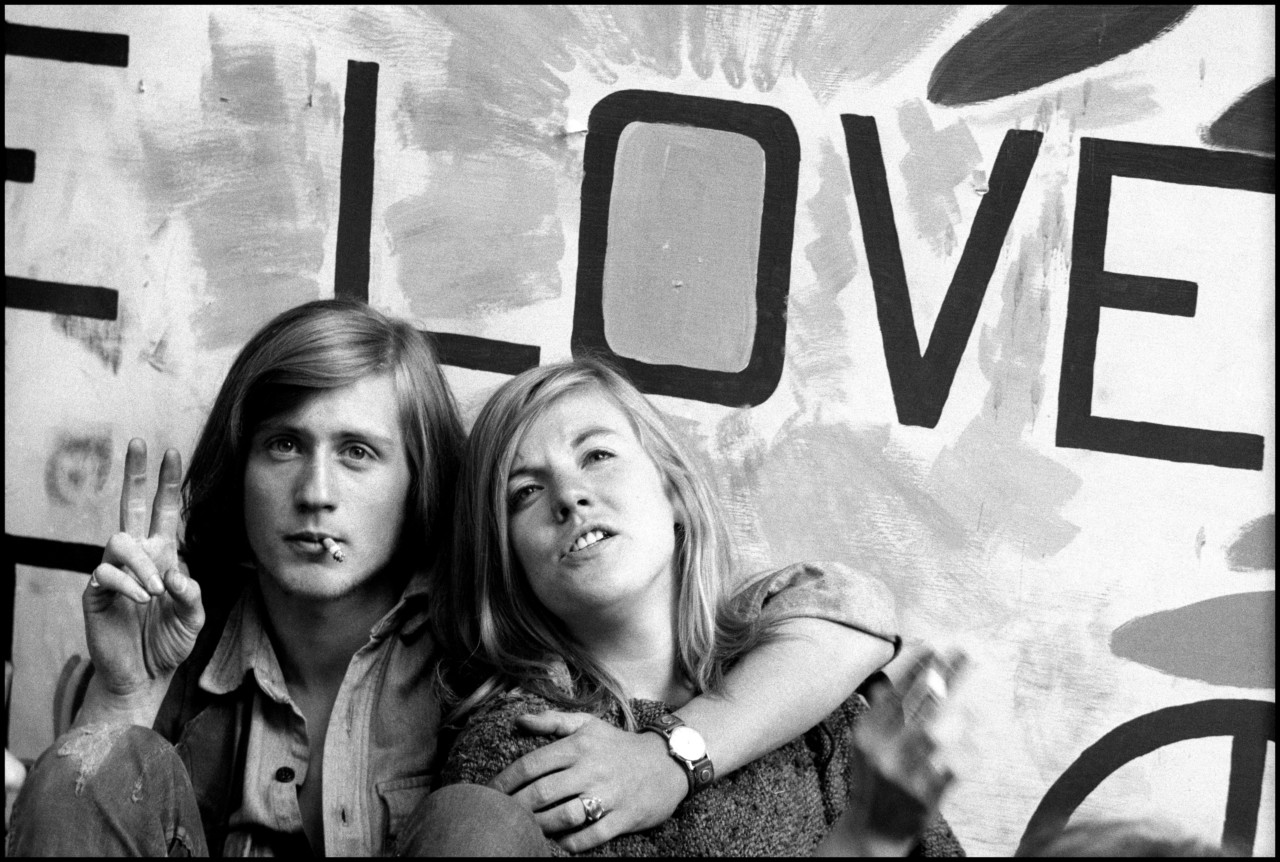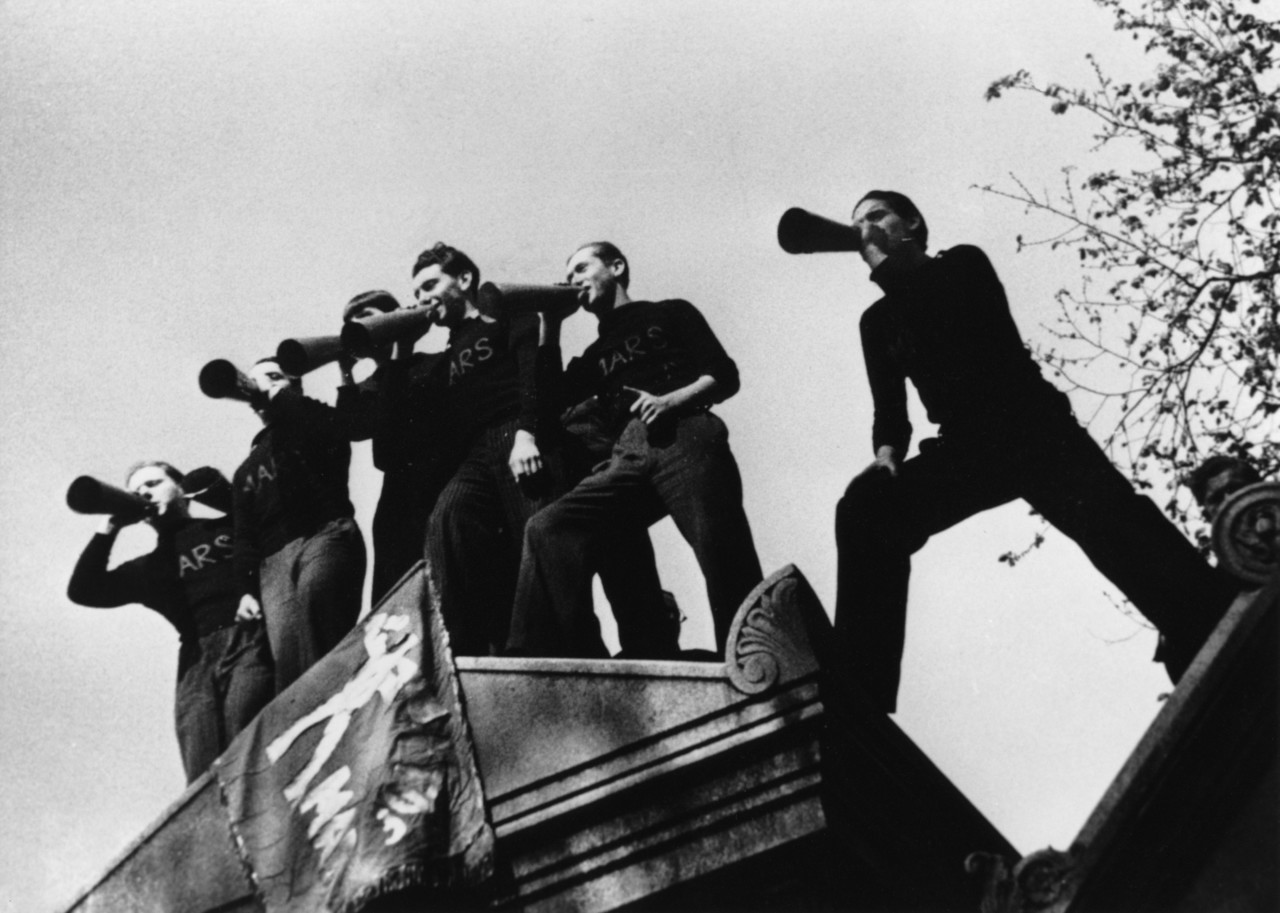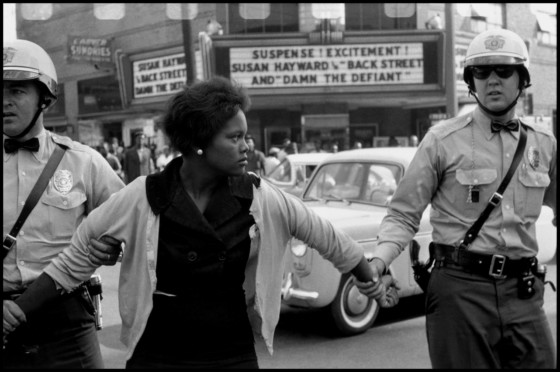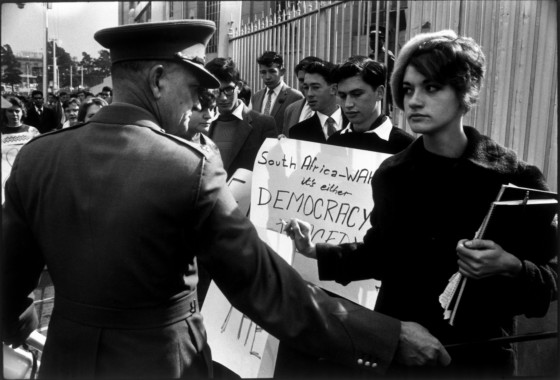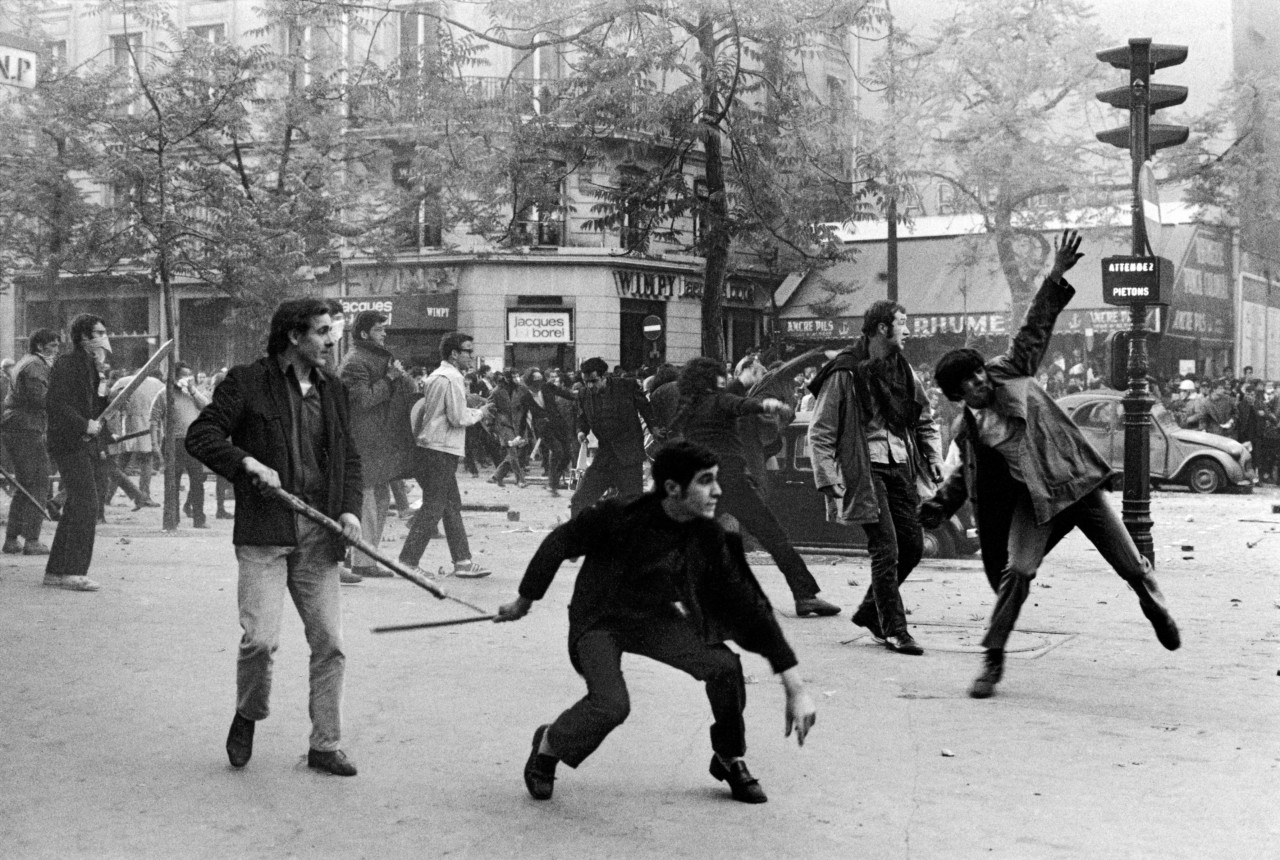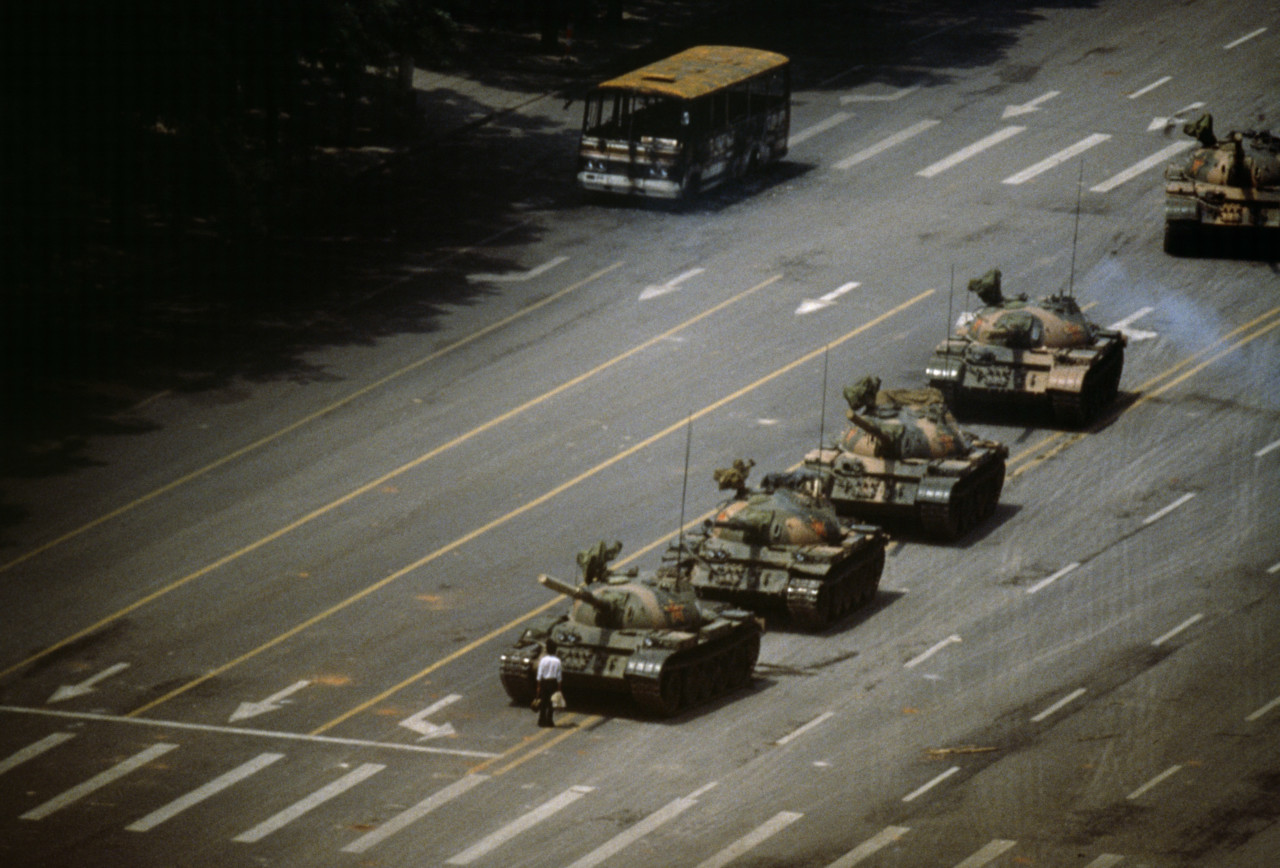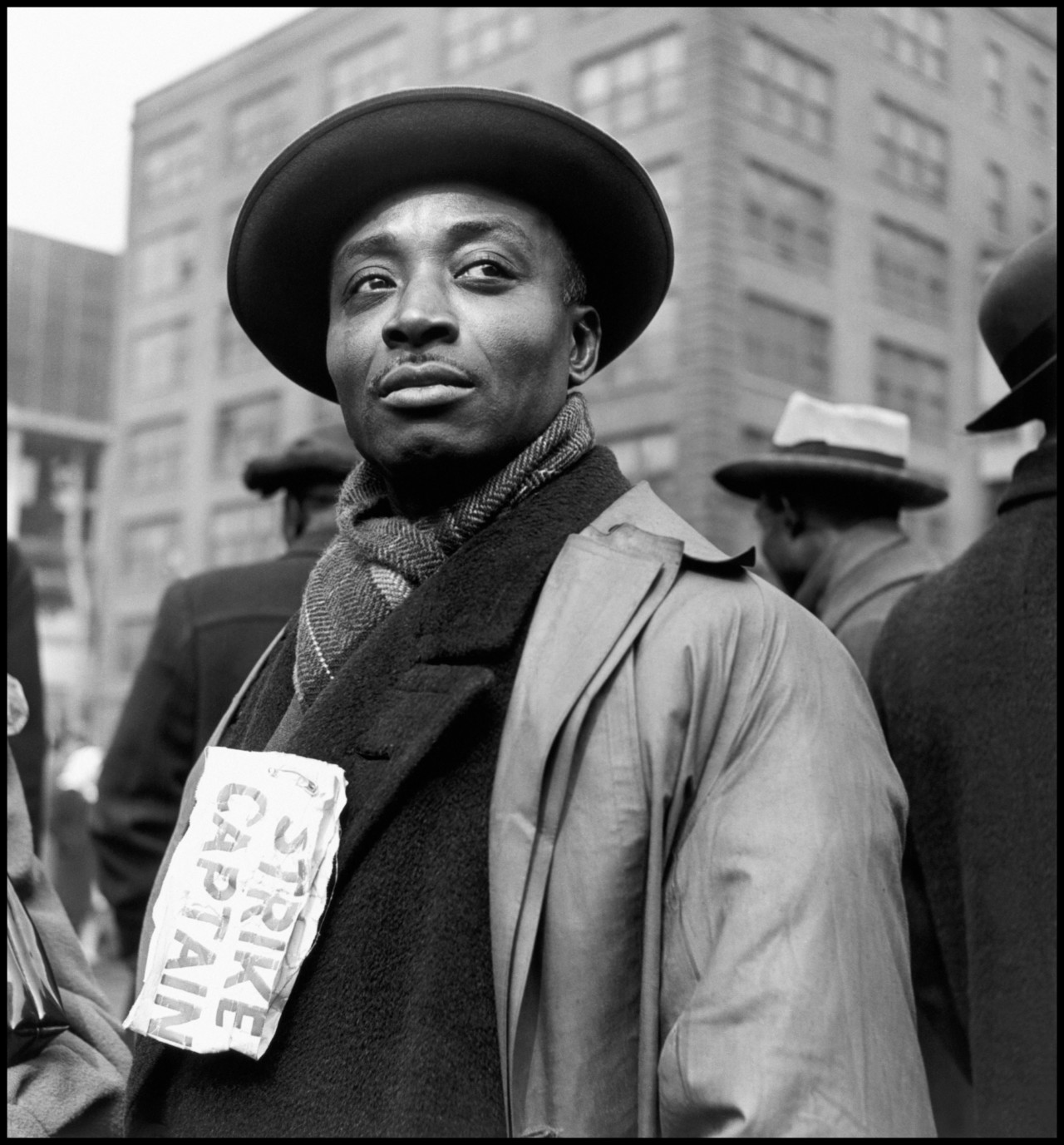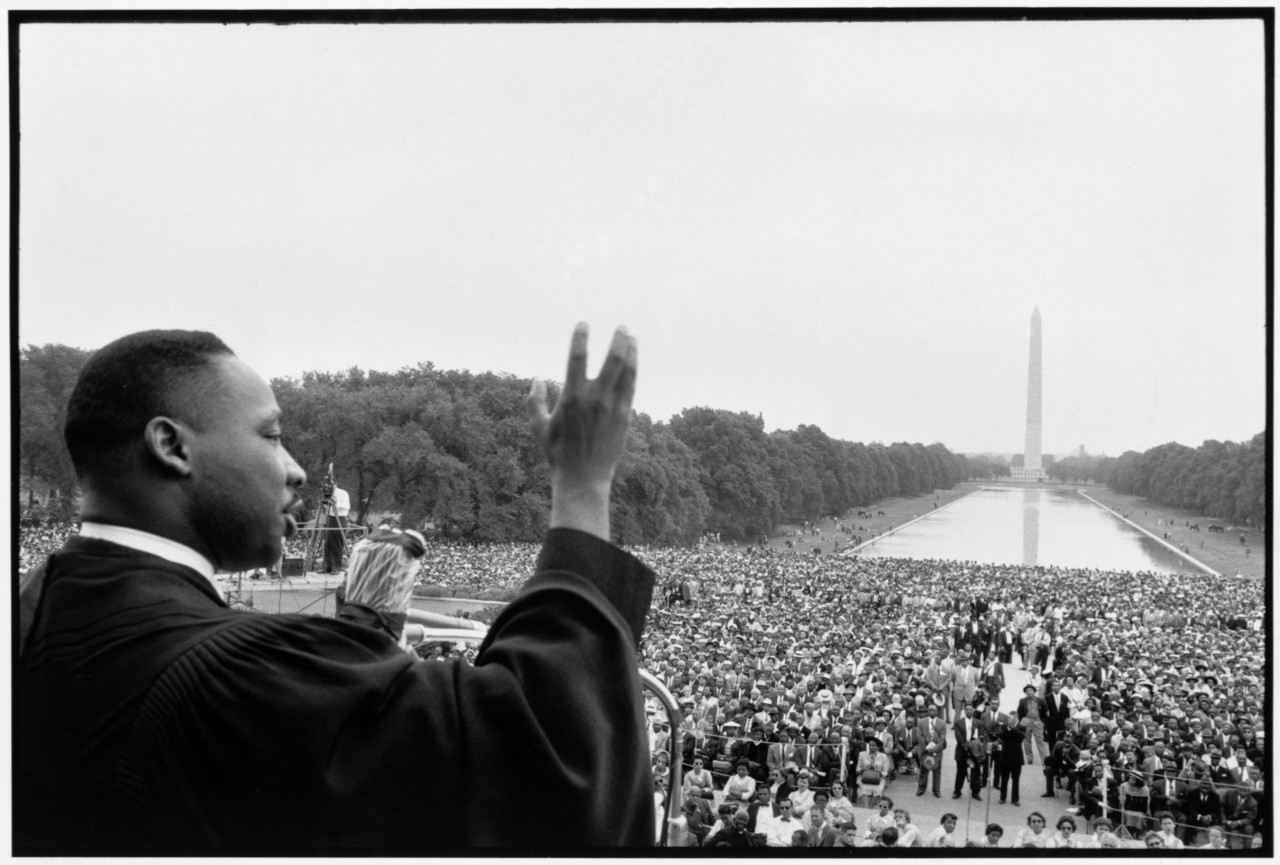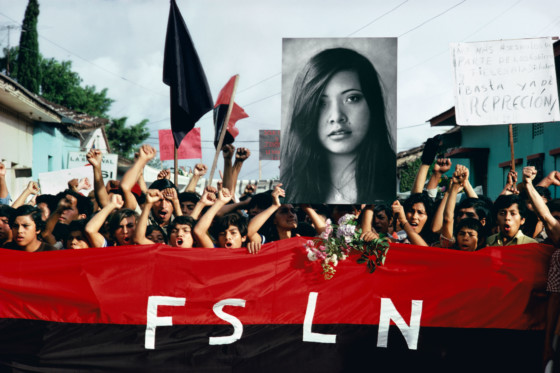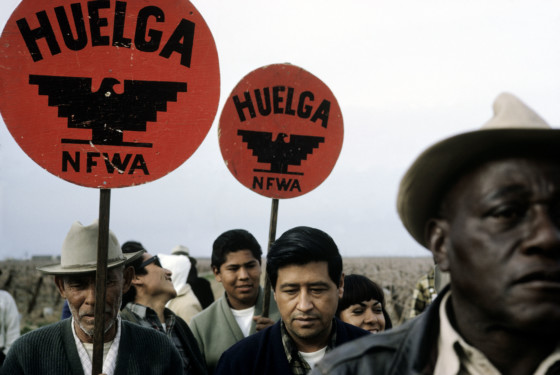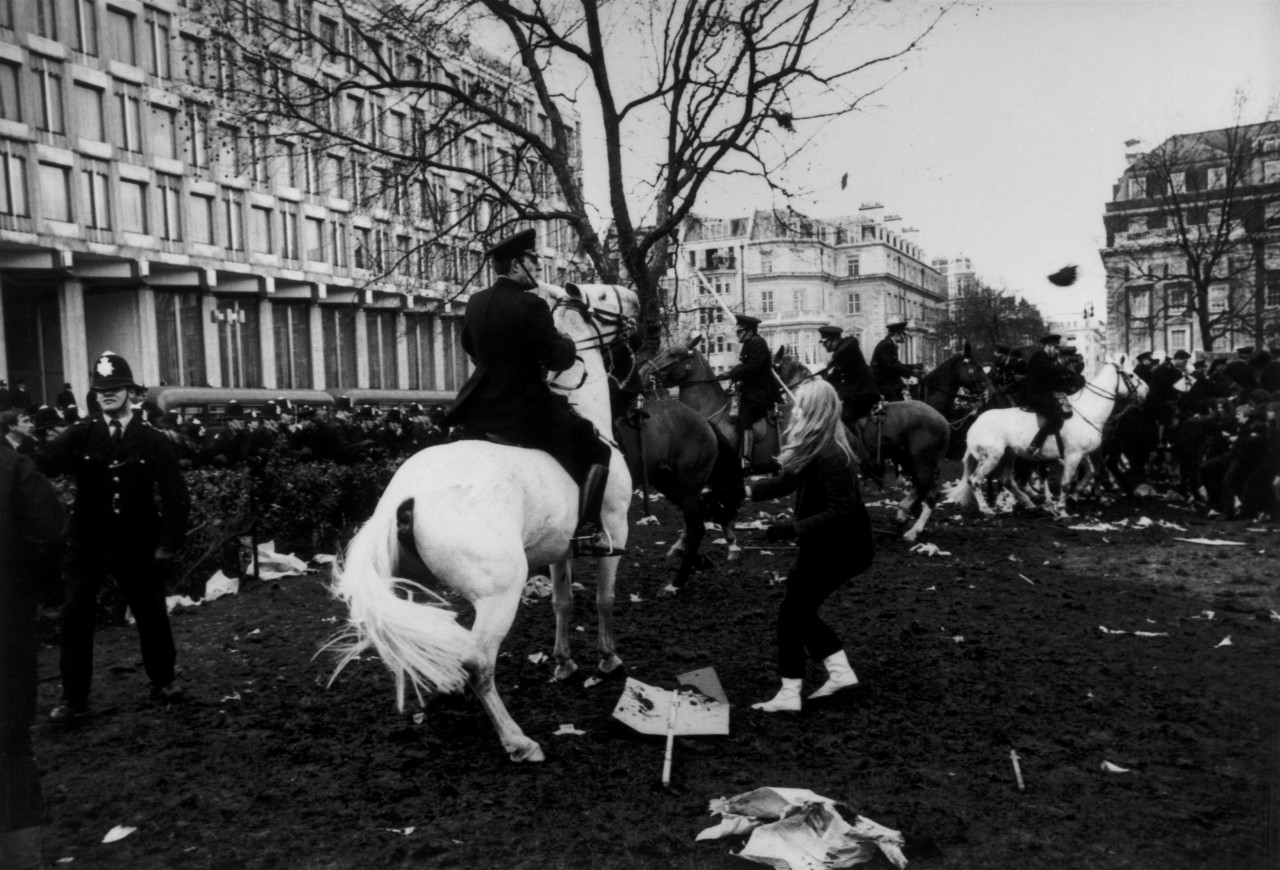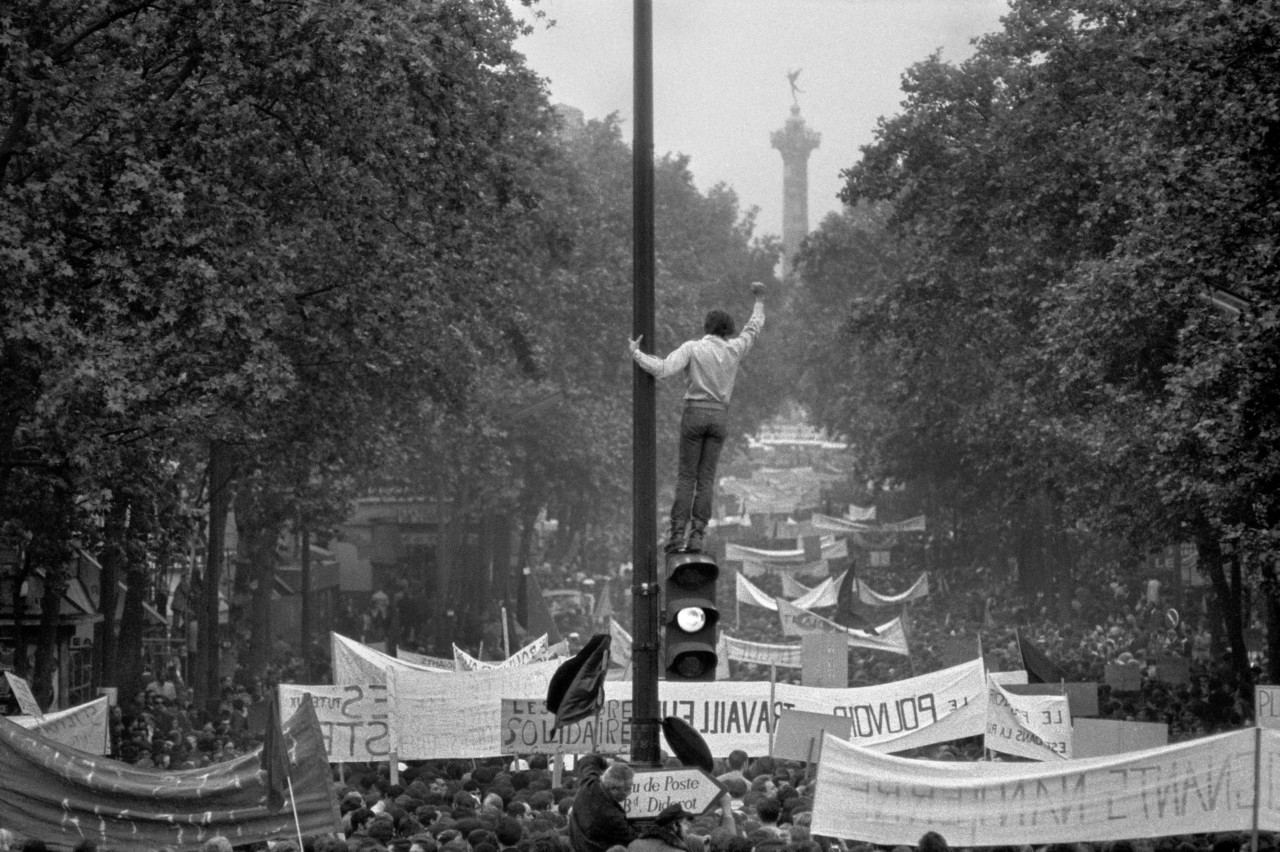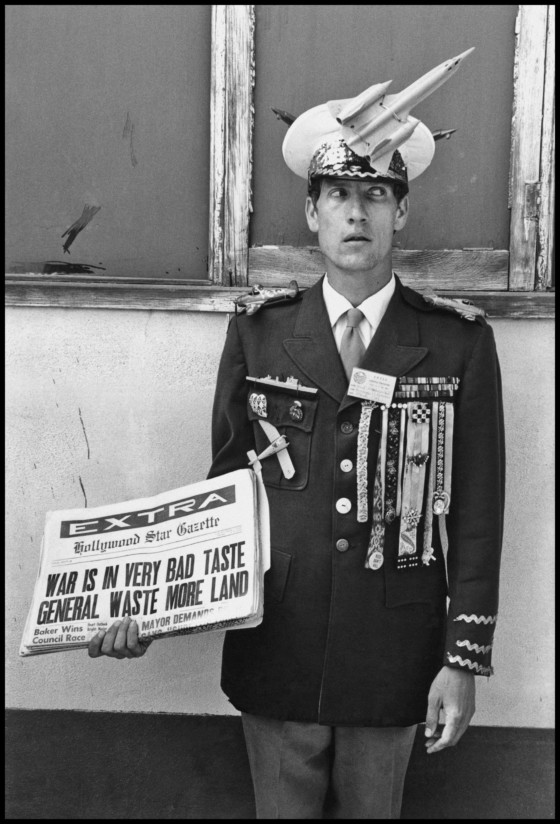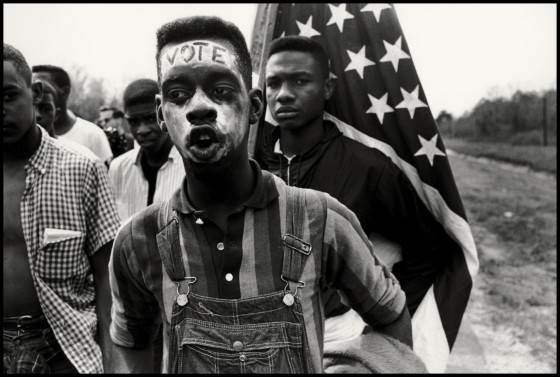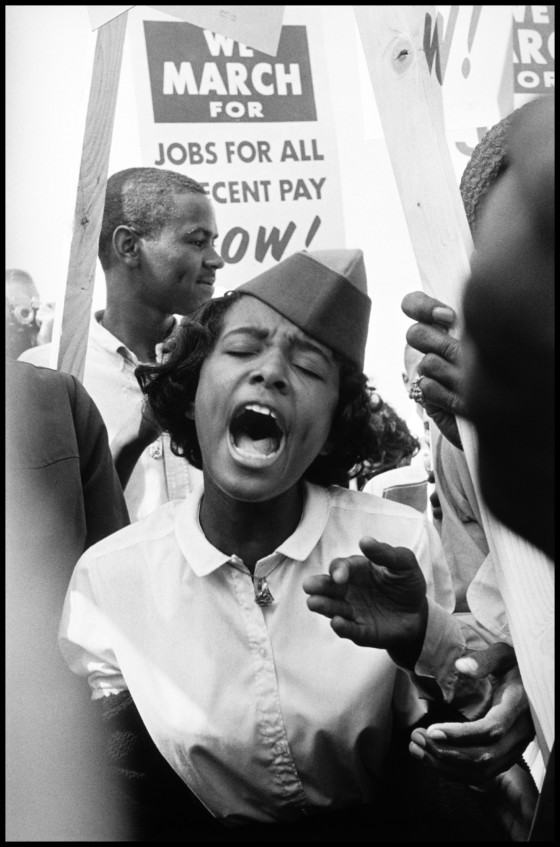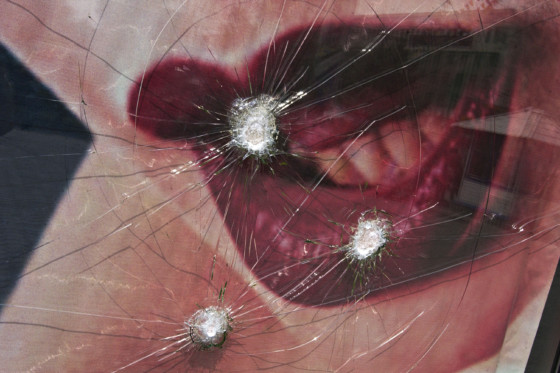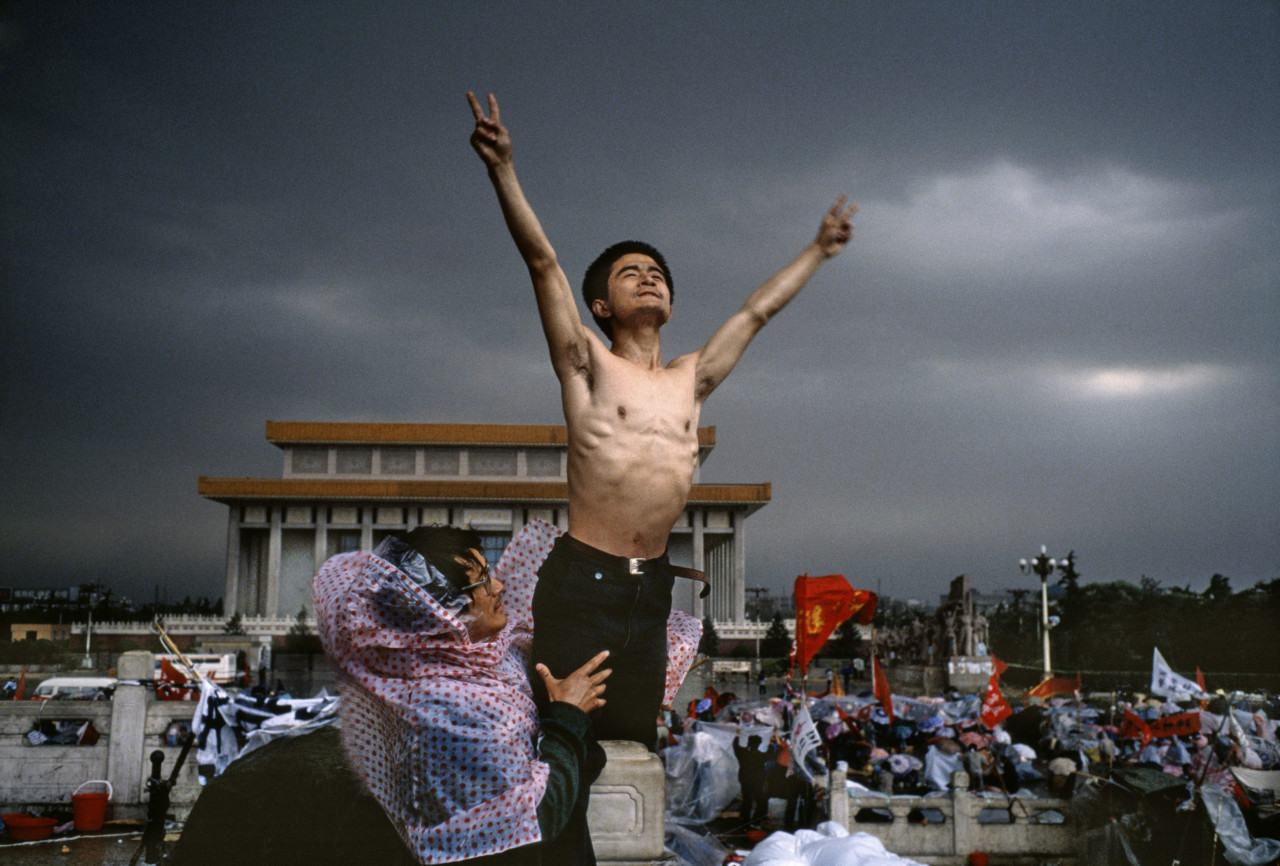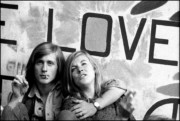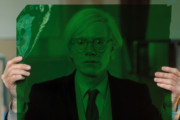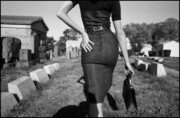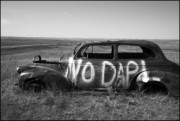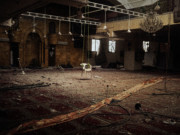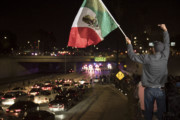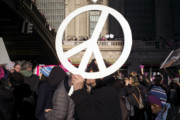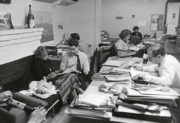Protest!
Looking through the Magnum archive, we examine what makes images of resistance resonate so loudly
Of the most universally recognizable images in photography, many are photographs of protest, but there exists a myriad reasons why these images gained such a heightened place in public consciousness.
An exhibition by Magnum Photos, ‘Protest!’ at Milk Gallery in New York, explored the relationship of photography to protest, and featured many images that have taken on a totemic value in popular culture.
The curation captures the different ways in which protests can manifest: from people on the streets exercising their objection, such as Ian Berry’s images of anti-apartheid demonstrations in South Africa, which amplified the voice of the movement globally, to portraits of individuals, both famous and unknown, whose acts of resistance, however small or epic, were immortalized in a photograph, and adopted by millions as representative of something meaningful to their cause.
Some photojournalistic images have become famous because of the dramatic, world-altering moments that they depict, where the photographers themselves were caught up in the action, such as Bruno Barbey’s documentation of the Paris riots in May 1968, or David Hurn’s shots of an anti-Vietnam protest that took a violent turn outside of the London flat he was living in, in that same year.
Captured on camera, individual acts of defiance, often part of larger protests, have gone on to become symbolic of the movement they represent. Raymond Depardon’s image of American athletes Larry James, Lee Evans and Ron Freeman, raising their fists in the air at the podium at the 1968 Olympic Games in Mexico City in solidarity with the civil rights movement has become iconic, and has taken on a newly totemic quality in light of the ongoing racial tensions in America and the plight of the Black Lives Matter movement.
Stuart Franklin’s ‘Tank Man’, showing a lone man stopping a row of tanks by standing in front of them in Tiananmen Square in 1989 is also frequently included amongst the most famous images of the 20th Century, and has become a symbol of standing up to power. And Marc Riboud’s image of a woman confronting a row of armed National Guards with a single flower outside the Pentagon during the 1967 anti-Vietnam march, has become similarly emblematic as a symbol of peaceful resistance.
Dennis Stock’s portrait of a pacifist a man voicing his objection to the Vietnam war with his specially made newspaper with a headline that reads “WAR IS IN VERY BAD TASTE” highlights one man’s act of resistance, while images of Martin Luther King addressing crowds at the Prayer Pilgrimage for Freedom in Washington, 1957, and, later on in 1995, Eli Reed’s images of the Million Man March, show the power of people turning out in large numbers through the vast panning shots of the crowds.
Portraits of leaders are also presented at the Milk gallery show, highlighting the importance of figureheads to protest movements. And while the decades-spanning exhibition presents a history of protest photography, it is also brought up to date with photographs taken as recently as this year. Images such as Christopher Anderson’s of the Women’s March on Washington in January 2017 are a testament to the ongoing work Magnum photographers are doing to document the current history movements of resistance are writing.
Shop the full collection of fine photographic prints available to buy from the Protest show via the Magnum shop, here.


